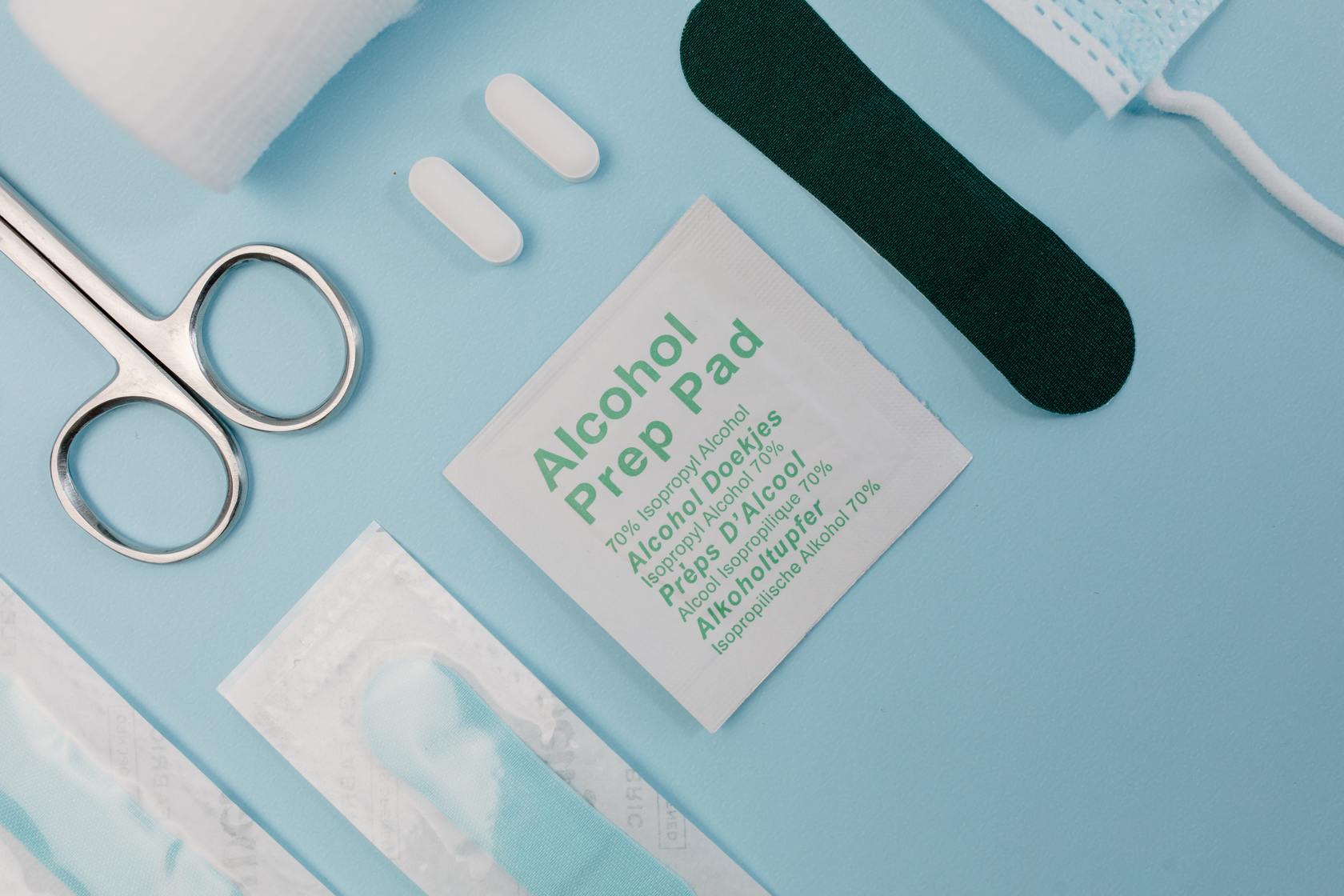The Essential Tool for Visiting Healthcare Professionals - Home Health Bag
The home health nurse supply bag is an essential and indispensable piece of equipment for healthcare professionals who visit patients at home or other outside facilities. This bag needs to be kept clean, supplied, and ready to go each day. You’ll need a leak-proof, waterproof, and washable bag that has an outer storage pocket. What needs to go into this bag depends on the kinds of patients you visit regularly; however, a list of what should or likely needs to be included is listed at the end of this article.
Best Bag Practices for Inside the Patient’s Home
- When entering the patient’s home, look for a clean, hard surface on which to set your bag or hang your bag on a nearby door handle. Ask the patient if it would be okay to use that space for your bag. Never set your bag on the floor. Asking the patient for permission to use their space also helps you create a mutual respect. Learn more about building positive rapport with patients in our previous post.
- Place a protective barrier (impenetrable to moisture) on the surface before setting down your bag. This can be a small sheet of plastic, Chux, or another disposable barrier. The purpose of using a surface barrier is to prevent contamination of the external surfaces of the bag and the contents removed from the bag.
- Keep sanitizer handy in the outer pocket for easy access. Use sanitizer before reaching into your bag.
- If necessary, wear a clean, unused apron (from your bag).
- Remove the items you’ll need for your visit and set them on the disposable barrier surface.
- Close the bag. If you need to retrieve additional items, re-sanitize your hands.
- Once you’ve completed care with your patient, disinfect items with 70% isopropyl alcohol or hospital-grade disinfectant wipes. Wear clean gloves.
- Place items on a clean disposable barrier to dry.
- Properly dispose of your gloves and disinfect hands with sanitizer.
- Return cleaned, dry items back to your home health bag. If necessary, items that may need additional treatment or items that cannot be cleaned should be placed in a clean, sealable plastic bag and placed in the “dirty-area storage” of your vehicle, and not in your bag.
- Be sure to keep your supply bag cleaned and disinfected, at least once a month, more often as needed. Learn tips for the best way to clean your scrubs after treating patients in our previous post.
- Keep the bag protected from patient contact.
- There are situations (such as highly infectious potential) when the bag should not be brought inside the patient’s home. Best practices include using the “double bag” method.
- With this method, use two disposable bags, one inside the other.
- The inner bag should contain only the items you will be using with the patient.
- The outer bag protects your medical supplies bag from the potential germ surfaces
- Dispose of the outer bag in a separate biohazard bag
Best Bag Practices for in Your Vehicle
- Be sure to have a designated area in your vehicle or the trunk compartment for your nursing equipment, etc.
- Divide the designated area into three separate compartments for
- Sanitized/clean area for the bag – sanitize this area often
- Used items or to-be-sanitized or cleaned
- Biohazard materials
Bag Checklist
- PPE items:
- Non-sterile gloves
- Protective eyewear
- Masks
- Face shields
- Gowns
- Paper lining
- Extra paper for making a waste bag
- Paper towels
- Plastic/linen lining
- Hospital-grade hand sanitizer (outer side pocket)
- Hospital-grade disinfectant wipes
- Thermometers (oral and rectal)
- 2 pairs of scissors (surgical and bandage)
- Steel tweezers
- Disposable syringes with needles
- Hypodermic needles
- Sterile dressing
- Cotton balls
- Micropore plaster
- Tape measure
- Alcohol lamp
- 2 test tubes
- Test tube holders
- Solutions of:
- Betadine
- 70% alcohol
- Zephiran chloride solution
- Hydrogen peroxide
- Spirit of ammonia
- Ophthalmic ointment
- Acetic acid
- Benedict’s solution
Additional Items to Pack if Needed
- Baby’s scale
- Cord clamp
- 2 pairs of forceps (curved and straight)
- Washcloth
- Soap and soap dish
Items to Carry Separately (such as in outer pockets of the bag)
- Blood pressure machine
- Stethoscope
- Sharps disposal container for used blades and needles
- Biohazard disposal container for used wipes, glucose strips, used sheets, etc.
Nursing bags for home health care should be well stocked, sanitized, and ready to go. Being prepared with all the right tools and supplies will make your home visits and your day go much more worry-free.





